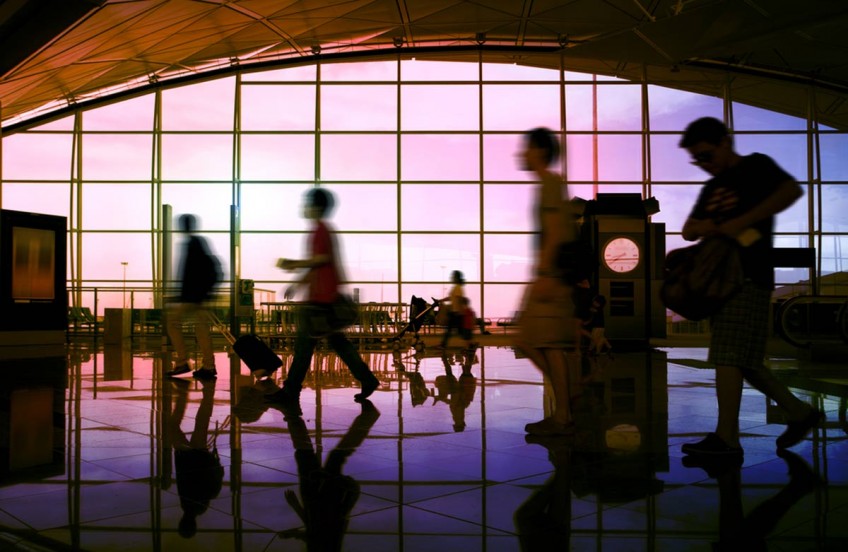Asia-Pac passenger traffic leaps 10% in May

Overall passenger traffic in the Asia-Pacific rose a healthy 10 per cent year on year in May, outstripping the global pace of growth.
And load factor went up to 77 per cent despite a 7.5 per cent increase in capacity (measured in available seat kilometres) for the region's airlines.
The latest passenger traffic monitor by the International Air Transport Association (Iata) reported that global air travel (measured in revenue-passenger-kilometres) picked up from April, going up 6.9 per cent year on year in May, boosted by healthy demand in international and domestic markets alike.
Capacity was up 6.5 per cent, causing passenger load factor to rise to 79.3 per cent.
In international markets, passenger traffic was up 7.1 per cent in May as all regions - save Africa - reported stronger growth. Passenger volumes outpaced capacity, which climbed 6.7 per cent, nudging load factor up 0.3 percentage point to 78.4 per cent.
For Asia-Pacific carriers, traffic on international markets shot up 9.4 per cent, while capacity grew a slower 6.8 per cent, resulting in a 1.8 percentage point jump in load factor to 76 per cent.
Iata said in the report: "The strong performance occurred despite weakness in regional trade activity during recent months. Such developments have the potential to erode demand for business-related air travel."
International air travel for European carriers remained on an upward trend, expanding 5.9 per cent; this trend is likely to continue, said Iata, "despite some downward pressure on economic progress".
International air travel on North American carriers edged up just 2 per cent in May; while expectations of improvements in the economy in Q2 should bolster demand for air travel, the stronger greenback may also hit leisure travel to the US.
The Middle East's carriers grew by 14 per cent, partially on the back of travel ahead of Ramadan.
African carriers reported negative growth, down 3.9 per cent, as a result of adverse economic developments in parts of the continent such as Nigeria, which is dependent on revenue from oil.
Countries where the domestic markets posted strong passenger demand in May were India (18.2 per cent) and China (12.7 per cent); in the case of India, the growth likely came on the back of market stimulation by local airlines, as well as a pick up in economic growth, Iata noted.
Growth in Brazil was more tepid - 0.8 per cent for May.
In Australia, passenger volumes shrank 1.3 per cent, from slight improvements in the economy not having led to a rebound in air travel as yet.
Iata chief Tony Tyler said: "May results confirm that demand for connectivity remains robust, but there are possible storm clouds forming on the horizon."
He pointed to the financial crisis in Greece and the softening regional trade activity in the Asia-Pacific, which have the potential to impinge on the performance of these markets in the coming months.

This article was first published on July 3, 2015.
Get The Business Times for more stories.